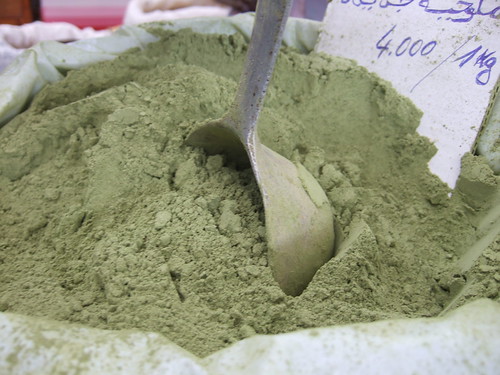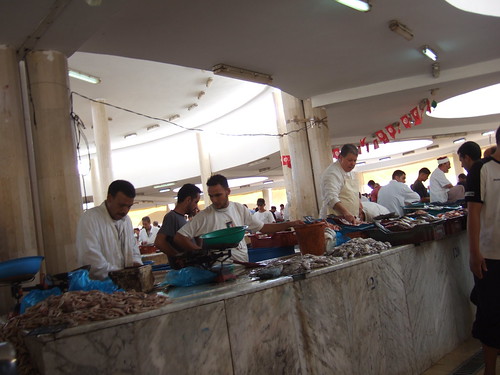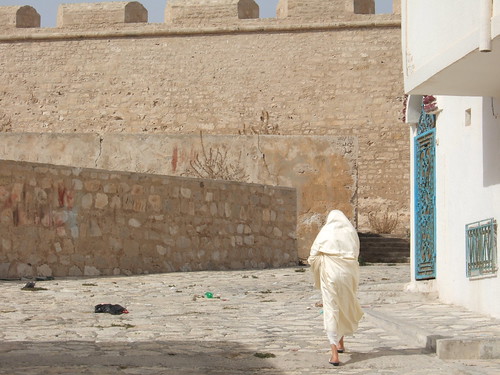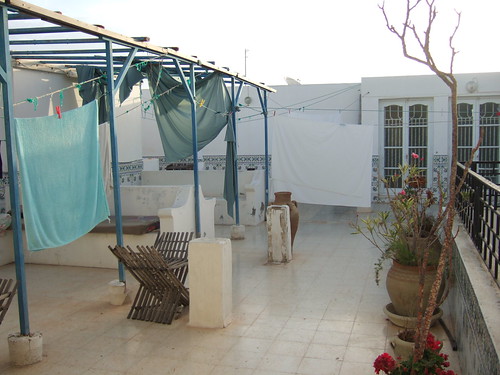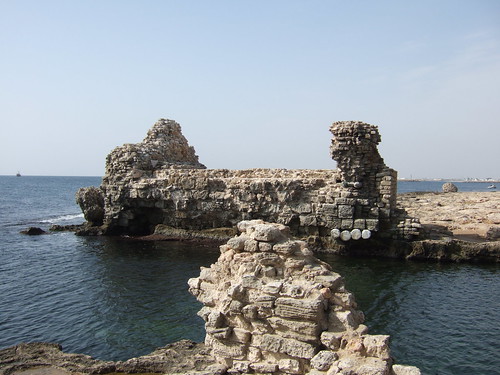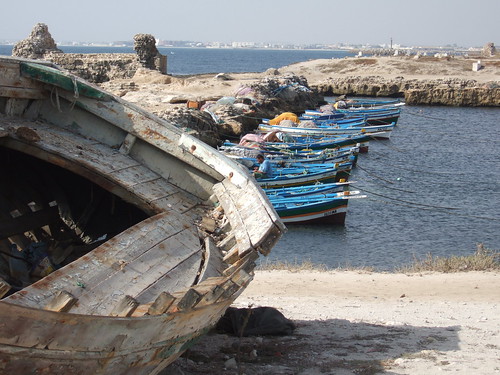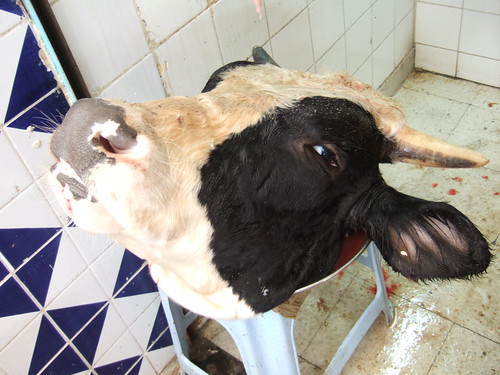I walked in Sur La Table to pick up some kind of exotic dark chocolate to satiate my craving last week and I ended up leaving with something heavier: a cast iron grill press. I don’t know what came over me, but as soon as I saw it in the store, I had to have it. I imagined using my Le Creuset grill pan more and pressing the beef steaks and the lamb chops I expect to cook this autumn and winter, but then The Times published an article devoted to grilled cheese with a recipe from Los Angeles.
I first discovered taleggio at Otto on their mushroom pizza. I remember that after tasting it, I went to Di Palo the next day to buy some. I baked it with mushrooms, too, but using a tart shell. Taleggio has a very strong and tangy smell that I find appetizing, so my mouth watered as soon as thought of it melted in between pressed bread. And who doesn’t like paninis, right? You can use a heavy pot lid–cast iron if possible–if you don’t have a press.
I used cinnamon raisin bread instead of just raisin, and I picked up the apricots from the dry goods aisle. I love the arugula here, so if you can get the spicy kind, the better. As a last touch, I sprinkled some of Terra de Sal’s flor de sal from Portugal. The sandwiches made a very sophisticated brunch on Sunday morning.
Ingredients:
half a pound taleggio cheese, rind removed, at room temperature
8 slices cinnamon raisin bread
15 dried apricots
1 tbsp capers
1 tbsp Dijon mustard
half a stick unsalted butter, softened in microwave for 15 seconds
arugula, throughly washed and dried with a paper towel
olive oil, salt1. Place apricots in small saucepan and add enough water just to cover. Bring to full boil and immediately remove from heat. Mix in capers, mustard and teaspoon of olive oil. Pulse in blender to chunky consistency. Set aside.
2. Spread one side of each bread slice evenly with some butter. With buttered sides down, top four slices with a spoonful of the apricot mixture, a handful of arugula and equal portions of cheese. Top with remaining slices, buttered side up.
3. Place large skillet over high heat and melt a small knob of butter. Reduce heat to low and add sandwiches. Using an iron grill press, put on top of the sandwiches and press. Cook until browned and crisp on both sides, about 2 minutes a side. Transfer to a platter lined with paper towels, and sprinkle each with a pinch of salt. Cut in half and serve.
Related post/s:
Taleggio and mushrooms make a good combination
Even Otto thinks so
Buy your salt from Terras de Sal
I got the Lodge Logic cast iron grill press


